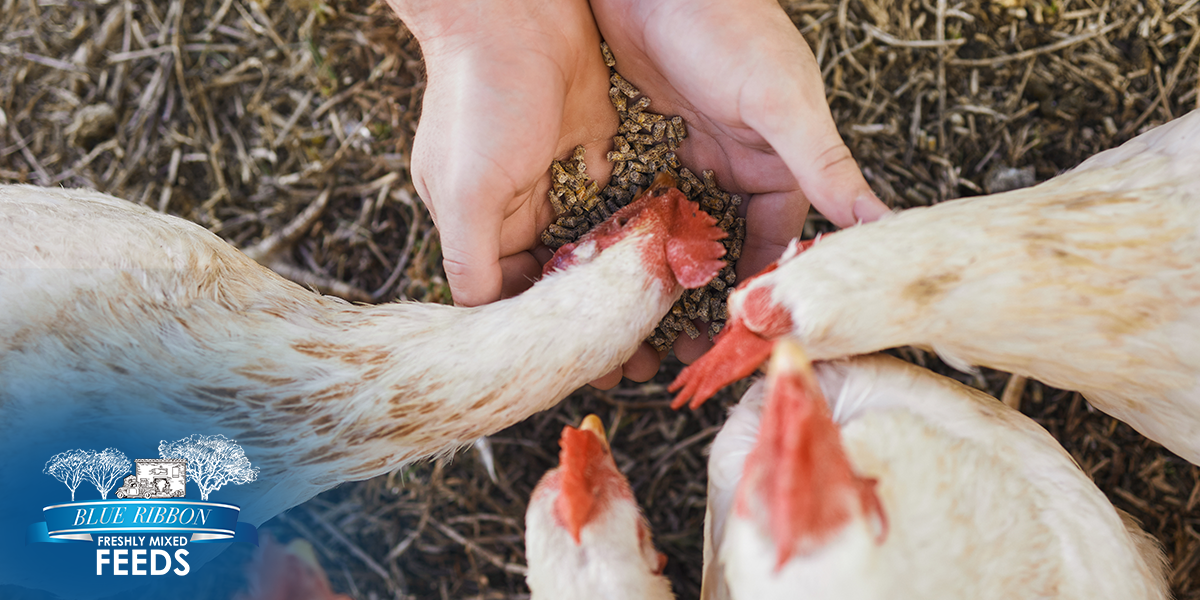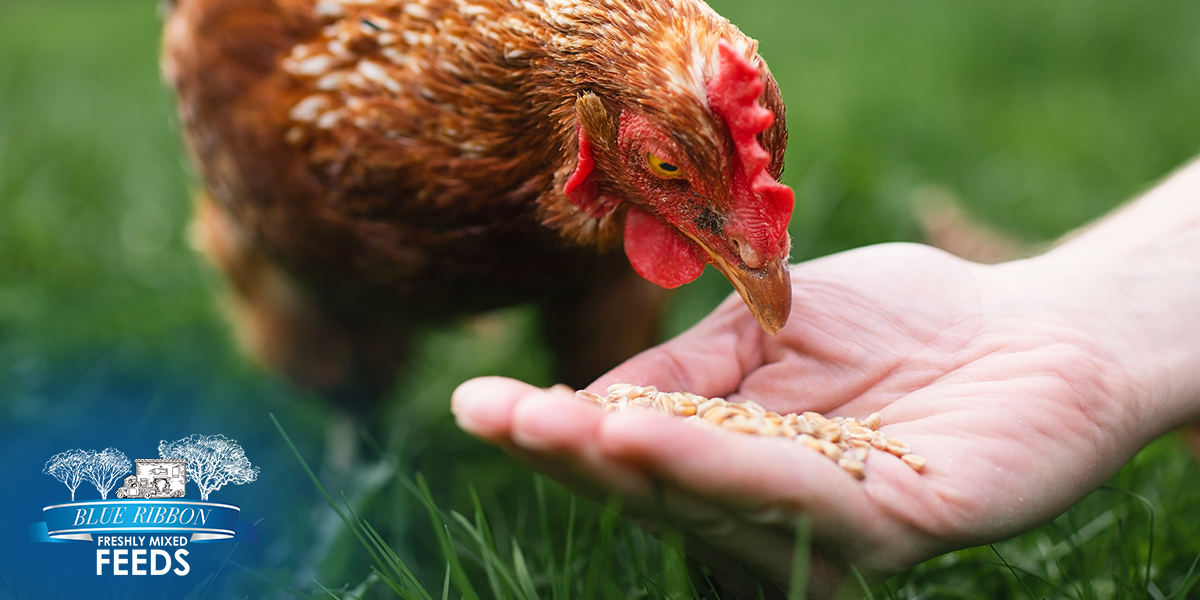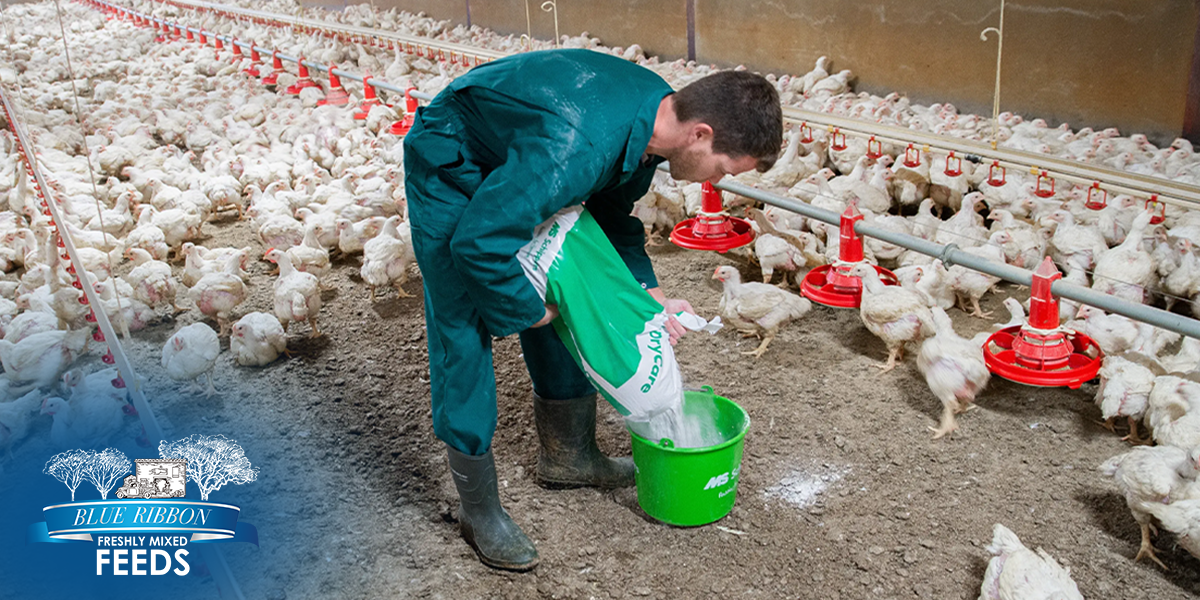Feeding by Weight or by Eye? Getting Feed Measurements Right

When it comes to feeding livestock or backyard poultry, accuracy matters. Whether you're raising chickens, goats, or cattle, the way you measure and distribute feed has a direct impact on animal health, productivity, and even your bottom line. Many farmers and homesteaders ask the same question: Should I be feeding by weight or by eye?
The answer lies in understanding the importance of feed measurement accuracy and how it influences overall feed management. Learning the right methods for weighing livestock feed or estimating feed volume can help ensure your animals get the right nutrients without wasting resources.
Why Feed Measurement Accuracy Matters
Providing too much or too little feed can lead to a variety of problems. Overfeeding not only wastes money but also causes unnecessary weight gain, metabolic issues, and increased waste output. Underfeeding, on the other hand, may result in nutritional deficiencies, poor performance, and weaker immune systems.
That’s why achieving precise feed portioning is one of the most important skills for livestock keepers and poultry owners. It ensures that animals receive consistent nutrition tailored to their weight, life stage, and production goals.
Weighing Livestock Feed vs. Estimating by Eye
Most animal feed packaging, including products from Blue Ribbon Non-GMO, provides feeding guidelines based on weight, either body weight of the animal or weight of feed per day. But in practice, many people rely on visual estimation, scoops, or cups to portion feed.
Let’s compare the two methods:
Feeding by Eye
-
Pros: Faster, convenient for small operations, no equipment needed
-
Cons: Inaccurate, inconsistent, prone to over- or underfeeding
Feeding by Weight
-
Pros: Highly accurate, supports optimal nutrition and performance, reduces waste
-
Cons: Requires a scale and slightly more effort
While estimating feed volume might work in casual settings, it can result in major feeding inconsistencies over time. A slight misjudgment in scoop size can add up to pounds of lost feed, and lost money, every month.
Feed Management Tips for Greater Accuracy
If you're ready to tighten up your feeding routine, here are a few feed management tips to get started:
1. Invest in a Digital Scale
Use a kitchen or hanging scale to measure out feed based on weight. For poultry, you can weigh the feed in small buckets or containers. For larger livestock, use feed bag scoops or bins with pre-measured markings.
2. Calibrate Your Scoops
If you prefer to use scoops or containers, weigh the feed they hold and label them accordingly. For example, note that your scoop holds exactly 2 lbs when full. This improves feed portioning precision without requiring a scale every time.
3. Adjust Based on Growth or Production
Growing animals or birds in lay may need more nutrients than others. Periodically reassess feed quantities to reflect changing nutritional needs, especially during seasonal transitions.
4. Track Feed Usage
Keep a feed log to monitor how much you’re using weekly or monthly. This helps with inventory planning and spotting signs of overfeeding or underfeeding.
Reducing Feed Waste While Maintaining Animal Health
One of the greatest benefits of improved feed measurement accuracy is reducing feed waste. When feed is measured accurately, less is lost to spillage, spoilage, or refusal. Animals consume only what they need, and your feed budget stretches further.
Additionally, accurate feeding improves animal condition, egg or milk production, and reduces the risk of digestive issues. In short, feeding the right amount pays off in both animal wellness and farm efficiency.
Conclusion: Measure Right to Feed Right
Feeding by eye might feel easier in the moment, but consistent, measured feeding delivers better long-term results. With a focus on feed measurement accuracy, you can improve animal health, reduce waste, and maximize your investment in quality nutrition.
Whether you’re raising a backyard flock or managing a small herd, taking the time to weigh or properly calibrate your feed portions is a small step that makes a big difference. Explore accurate, non-GMO nutrition solutions at Blue Ribbon Non-GMO and start feeding smarter today.



Leave a comment
What do you want to hear about next? We'd love to hear from you!